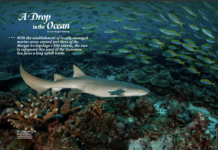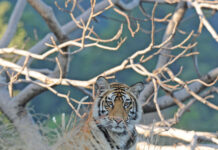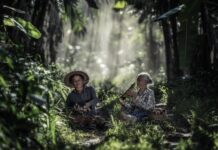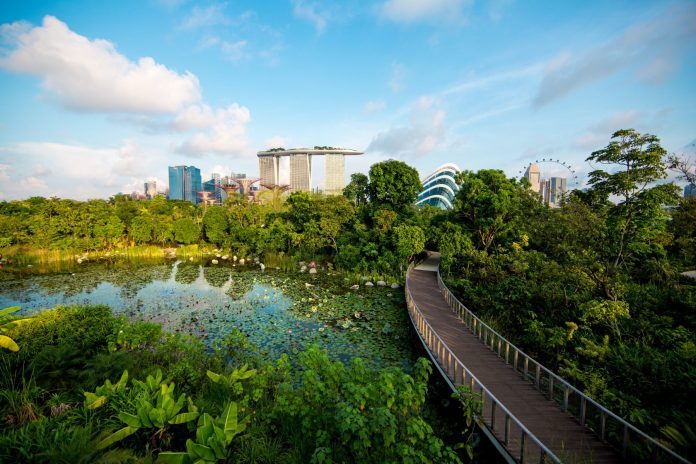
Out of the natural rises the urban
Text Shreya Gopi
Photos Justin Ong
The hustle and bustle of hundreds of feet starting their day’s work and the sounds of thousands of voices fill the air, as the city awakens with the first light of dawn. These are not human crowds, however. Long before Singapore’s skyline was filled with iconic outlines and before the lands were covered with systematic, well-planned roads, the local flora and fauna – including some endemic species – were masters of the terrain and surrounding waters.
Far from seeking to obliterate the nation’s natural diversity, Singapore’s accelerated urban growth has taken place with significant efforts to co-exist with, and protect, its natural heritage, such as the almost 400 species of birds, over 50 species of mammals, including the critically endangered Sunda pangolin (Manis javanica), and endemic species such as the Singapore freshwater crab (Johora singaporensis). Rigorous programmes have been undertaken to ensure the country’s best conservation efforts are made. In some cases, something about the nation and its people’s tenacity and determination to survive seems to have seeped into the very waters surrounding this island, bringing one species, thought to be extinct for a century, back to life.
Originally described as Spongia patera in 1819, shortly after Singapore was seized by the British, the iconic Neptune’s cup sponge was eventually named Cliona patera in 1821 – the first sponge species from Singapore to be described. It was subsequently recorded in other coastal waters from the region. One of the most famous sponge species in the world, the Neptune’s cup sponge is shaped like a goblet – thus giving it its name akin to a cup fit for Neptune, the Roman god of the sea. Growing over a metre in height and diameter, these sponges were much sought after by museums worldwide – and were even once used as bathtubs for children in Indonesia.
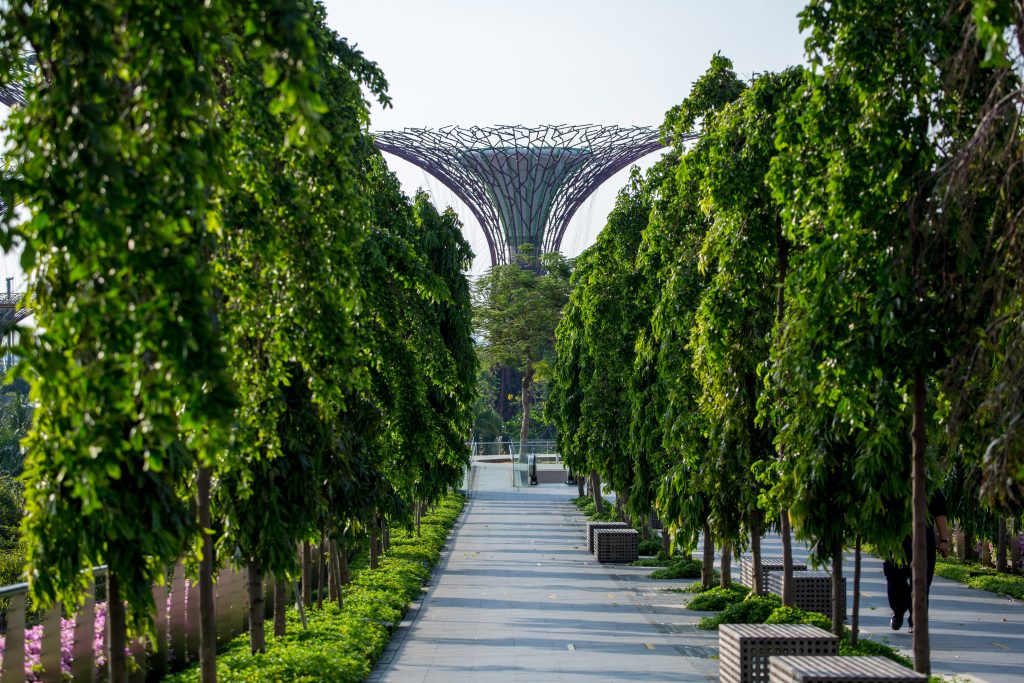
Though abundant in Singapore waters in the early 19th century, records of the species diminished greatly in the 20th century, likely due to overharvesting, and soon, this godly chalice was thought extinct. In a miraculous turn of events, however, two living specimens of Cliona patera were discovered off the southern coast of Singapore in 2011 – despite the extensive development and reclamation works in the area over the past 50 years.
The most promising aspect of the discovery is the possibility that Singapore’s marine ecosystem continues to have areas that are suited for the survival of this rare sponge. But this is not a city to settle for a single success. If it is true that where there is life, there is hope, Singapore has much to be hopeful about.
Proving once again that this island’s waters are full of surprises, a five-year marine biodiversity survey launched in Singapore in 2010 discovered up to 14 species possibly new to science, in the first half of the survey alone. These marine marvels include a particularly flashy predatory animal in Pulau Ubin. A striking dash of red at the centre of this anemone – its mouth, to be precise – has earned it the moniker “lipstick” sea anemone!
With such diverse and spectacular wildlife, it should come as no surprise that Singapore has taken significant measures to preserve and upkeep its flora and fauna, despite the competing uses for the country’s limited land, such as housing and industry.

The Sisters’ Islands Marine Park, for example, is the first of its kind in Singapore and threw its shores open to the public with introductory walks starting in 2014. Occupying 40 hectares, or 400,000 square metres, the park is almost as large as the famous 49-hectare Resorts World Sentosa – a complex that includes the Universal Studios theme park and the S.E.A. Aquarium.
Encompassing both land and water, the Sisters’ Islands Marine Park will include nurseries for marine species such as the Neptune’s cup sponge. It will also house more than 700 colonies of corals, relocated from the lagoon at Semakau Landfill, a project that began in September 2014 and was completed in January 2015. The lagoon at Semakau is set to be converted into a landfill to meet Singapore’s waste disposal needs, prompting the transplant of corals that would have otherwise been destroyed.
A keen sense of co-existence with Nature permeates the conscience of the marine park authorities. Director of the National Biodiversity Centre, National Parks Board, Dr Lena Chan, stresses that balancing development against the protection of Singapore’s marine biodiversity is a priority.
Famously adept at learning from the mistakes of others, Singapore had looked to Cambodia, where plans such as the proposed flooding of the upper Areng Valley to build a hydroelectric dam have been met with fierce opposition from local indigenous communities and international environmental groups. The valley is home to the richest agricultural land in southwest Cambodia, as well as some of the country’s rarest and most threatened wildlife. As such, the negative environmental and social impact relative to the amount of power generated is seen as disproportionately high.
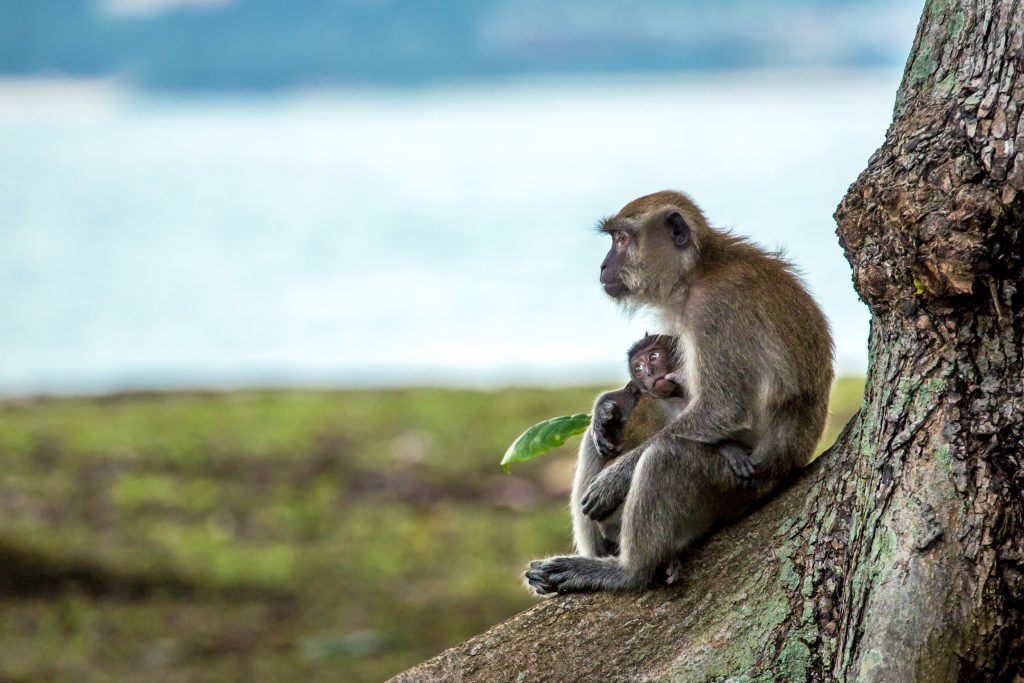
To avoid such issues, when considering new infrastructure within the Sisters’ Islands Marine Park, the guiding principle of minimum impact was followed. A study was commissioned to assess the feasibility of various infrastructure proposals allowing public access, mobility and activities within the park, all within its ecological carrying capacity.
In addition, citizen science programmes will soon encourage more public involvement in the marine park, including opportunities to partake in various types of survey and monitoring activities, seminars, talks, workshops and camps. A major step for marine conservation in Singapore, the Sisters’ Islands Marine Park is expected to serve as a platform for researchers and the public to understand the country’s native marine biodiversity better, as well as to protect its rich natural heritage.
Meanwhile, the new discoveries haven’t stopped coming. In October 2014, a tiny new species of crab, Indopinnixa shellorum, was identified in Singapore. With a conscious effort to live alongside Nature, Singapore hopes to be a model for the world – demonstrating how a city at the forefront of progress can coexist with its life-sustaining natural surroundings.
For more stories and photos, check out Asian Geographic Issue 113.





